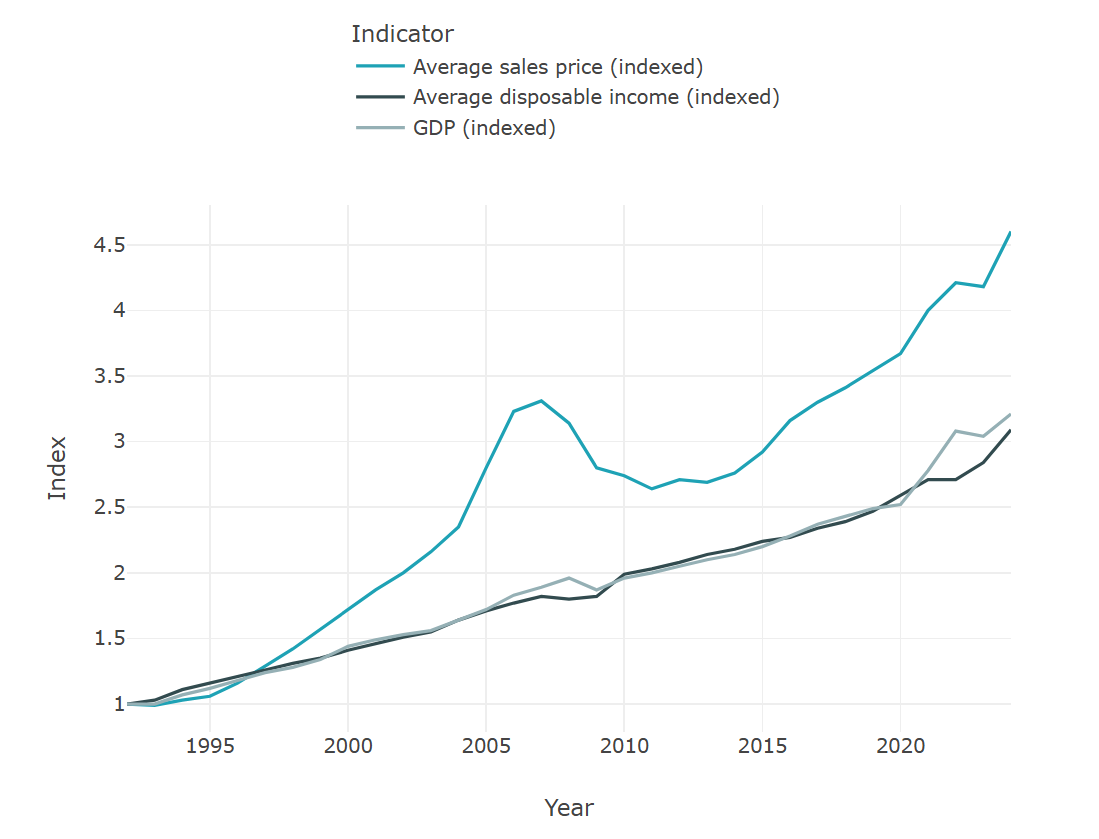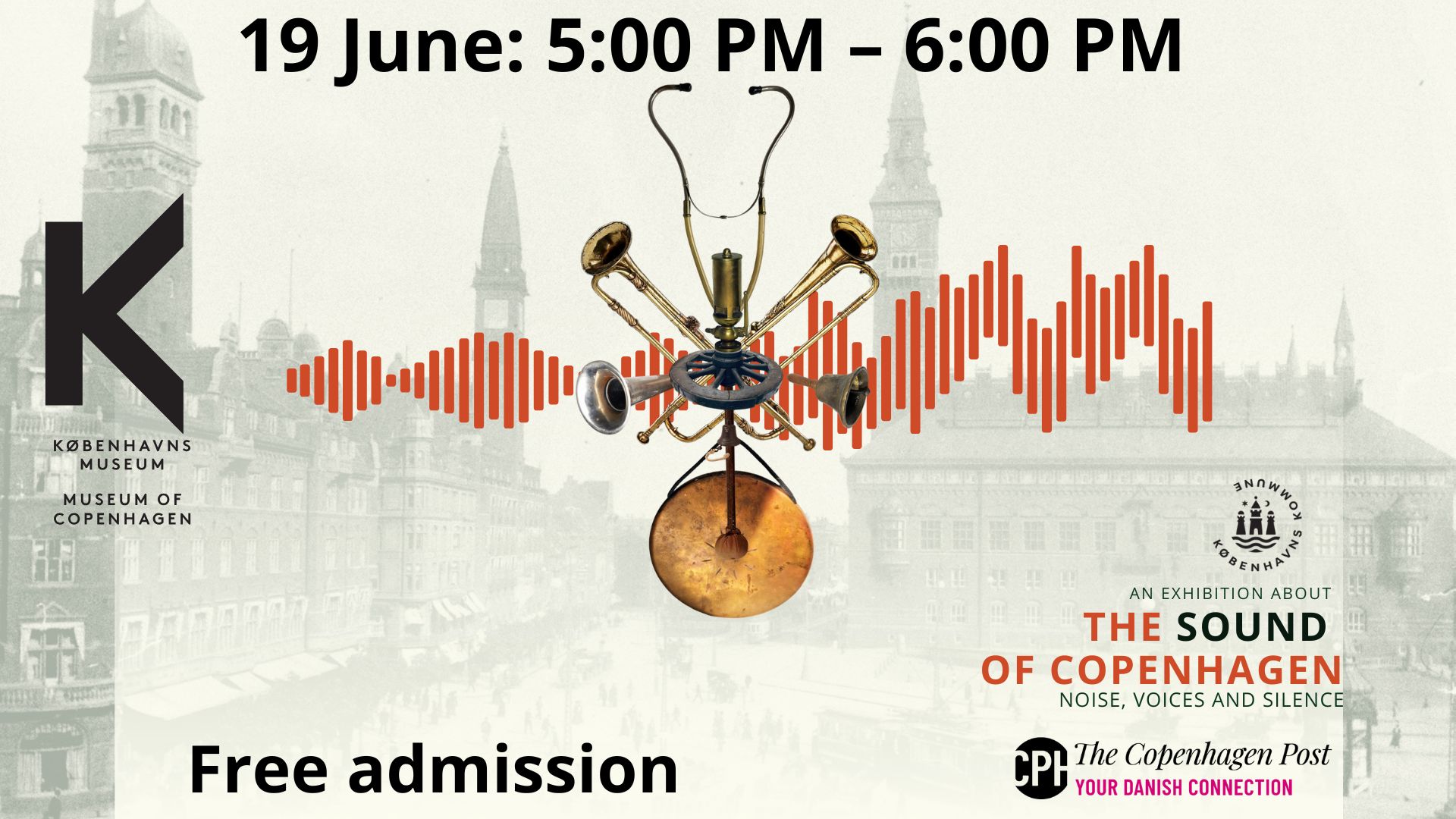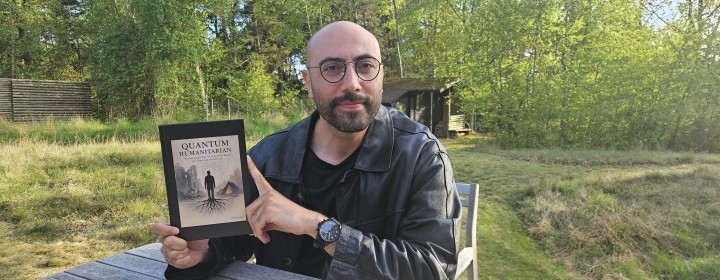The city today presented its new plan for reinvigorating Amagerbrogade, the high street that cuts a 2.5 kilometre path north to south through Copenhagen’s southerly island Amager.
The street has fallen into decline in recent years as shops along the busy road struggle to compete with online retailers and malls, especially following the financial crisis.
The plan intends to make the street more attractive by reducing car traffic by up to 30 percent and increasing the rate and speed of bus traffic.
Cycleways and pavements will be widened and trees planted along the street that will have a greater number of places where residents can congregate.
The goal is to make more attractive places for spending time outdoors and improve conditions for cyclists and pedestrians.
Deputy mayor for technical affairs Ayfer Baykal (Socialistisk Folkeparti) announced on Facebook this morning her support for the changes.
“I am very happy about the new plan for Amagerbrogade,” she wrote. “Many thanks to the locals for providing their input. If Amagerbrogade is once again to become a vibrant shopping street, it needs to become safer for pedestrians and cyclists. There needs to be better opportunities for relaxing with a cup of coffee in the sun.”
The plan for Amagerbrogade mimics elements of how Nørrebrogade was redeveloped starting in 2006, with a reduction of car traffic complemented by wider pavements and cycleways and faster bus travel times.
Many criticised the Nørrebrogade project, however, arguing that a reduction in car traffic would bring fewer shoppers and a number of shops and restaurants blamed their closure on the reduced car traffic.
Henning Bahr, director of the Retail Institute Scandinavia, identified this as a central problem facing the Amagerbrogade plan.
“The dilemma is, of course, that on the one hand you want traffic and the customers it brings,” Bahr told Jyllands-Posten newspaper. “On the other hand you want a better atmosphere and a more pedestrian-friendly environment without the traffic. Lots of traffic is problematic.”
The plan is hoped to be approved by October with construction starting in 2014 at a total cost of about 120 million kroner.













